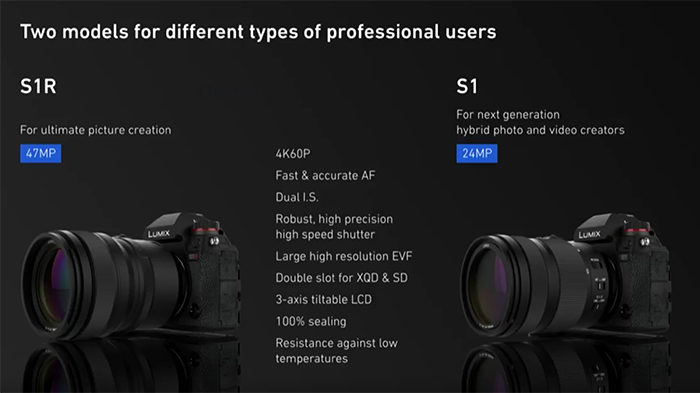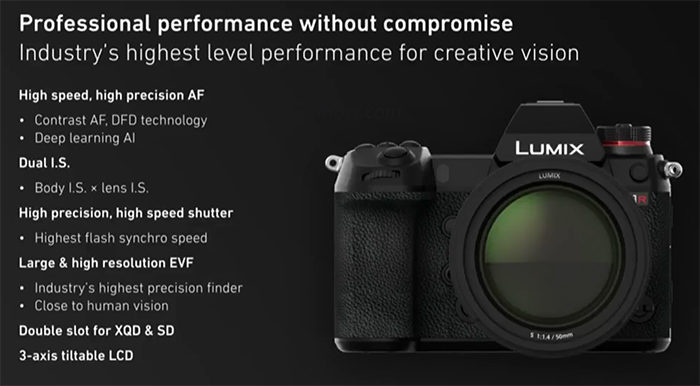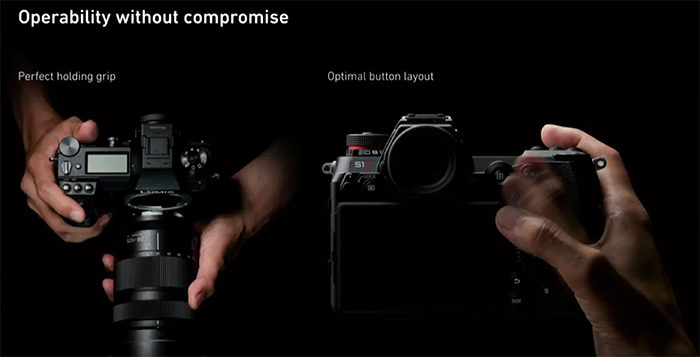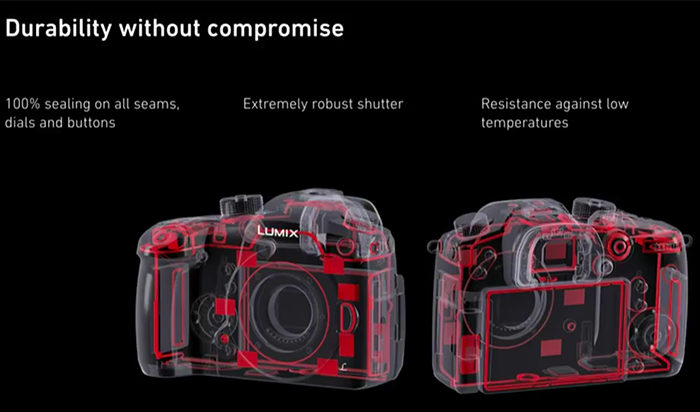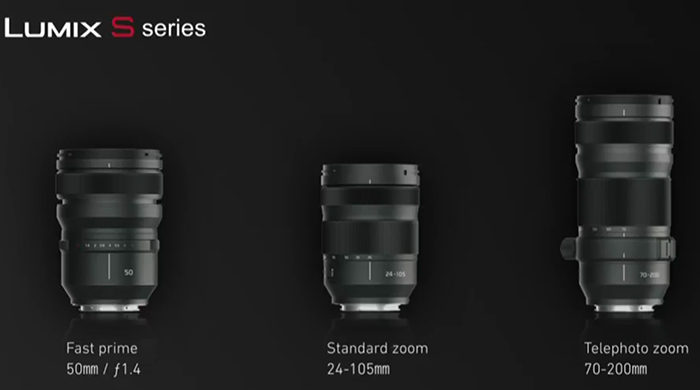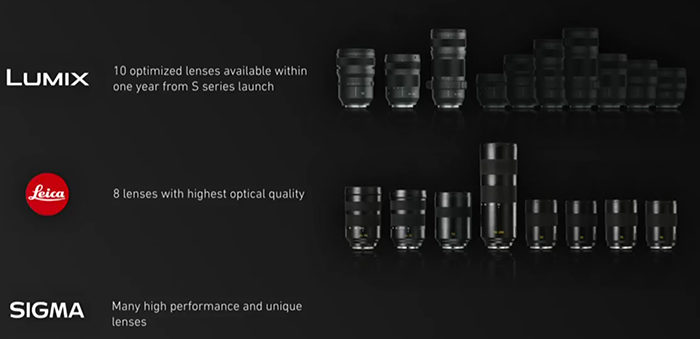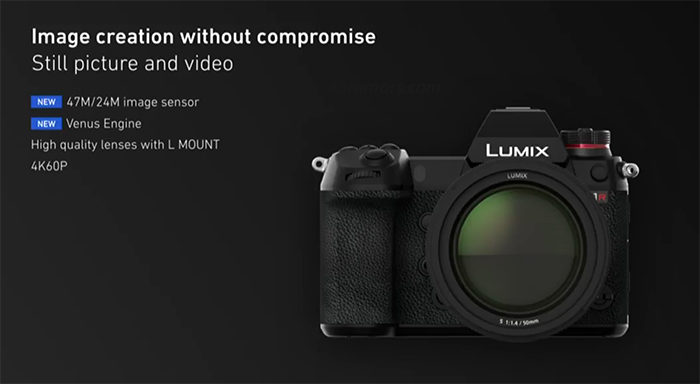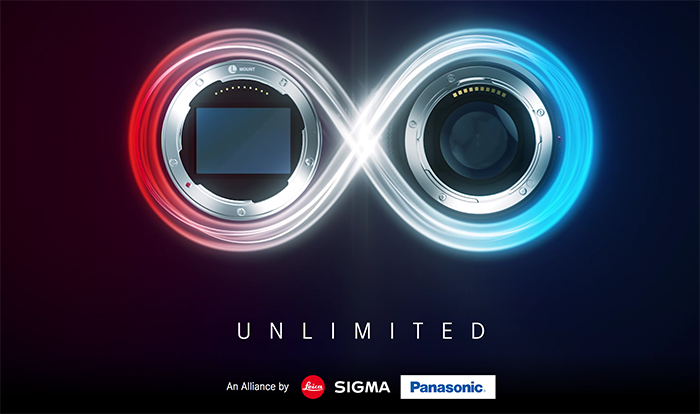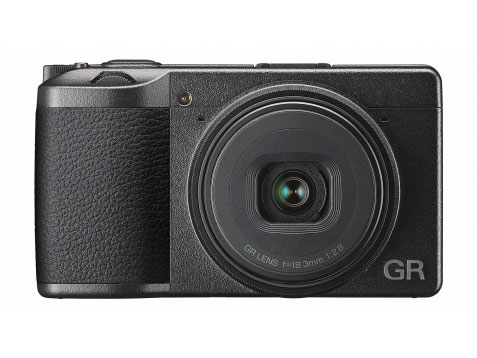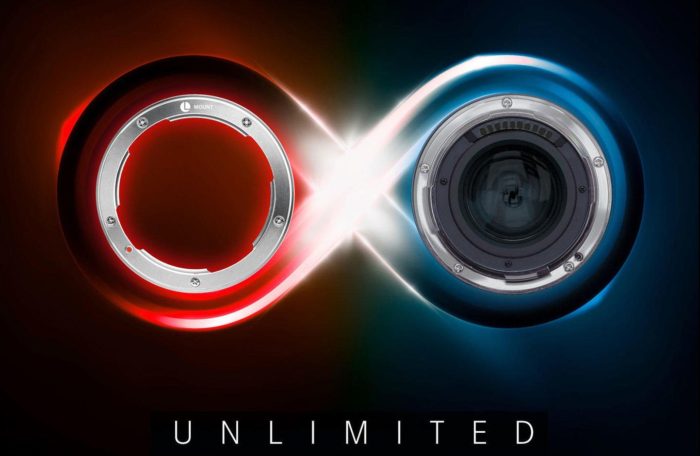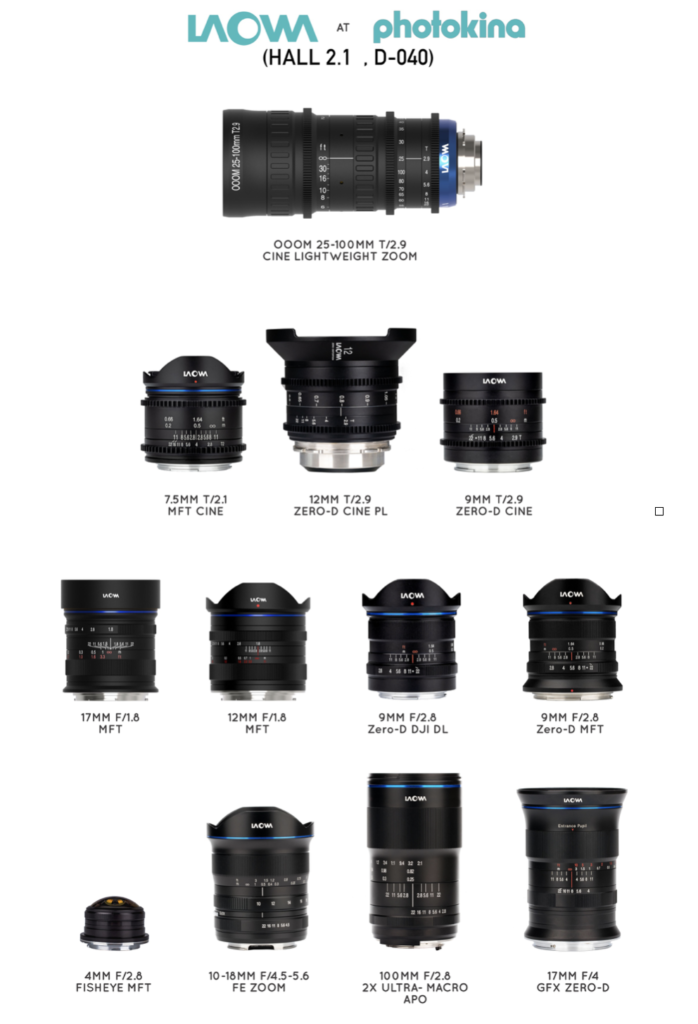Ricoh GR III specifications (preliminary)
| Body type | |
|---|---|
| Body type | Large sensor compact |
| Body material | Magnesium alloy |
| Sensor | |
| Max resolution | 6000 x 4000 |
| Image ratio w:h | 1:1, 3:2 |
| Effective pixels | 24 megapixels |
| Sensor size | APS-C (23.5 x 15.6 mm) |
| Sensor type | CMOS |
| Color space | sRGB, Adobe RGB |
| Color filter array | Primary color filter |
| Image | |
| White balance presets | 8 |
| Custom white balance | Yes |
| Image stabilization | Sensor-shift |
| Uncompressed format | RAW |
| File format |
|
| Optics & Focus | |
| Focal length (equiv.) | 28 mm |
| Maximum aperture | F2.8–16 |
| Autofocus |
|
| Autofocus assist lamp | Yes |
| Manual focus | Yes |
| Normal focus range | 10 cm (3.94?) |
| Macro focus range | 6 cm (2.36?) |
| Screen / viewfinder | |
| Articulated LCD | Fully articulated |
| Screen size | 3? |
| Screen dots | 1,037,000 |
| Touch screen | Yes |
| Screen type | TFT LCD |
| Live view | Yes |
| Viewfinder type | Optical (optional) |
| Photography features | |
| Minimum shutter speed | 30 sec |
| Maximum shutter speed | 1/4000 sec |
| Exposure modes |
|
| Built-in flash | No |
| External flash | Yes (via hot shoe) |
| Flash modes | Auto, Flash On, Flash On+Red-eye, Slow-speed Sync, Slow Sync+Red-eye |
| Self-timer | Yes |
| Metering modes |
|
| Exposure compensation | ±5 (at 1/3 EV steps) |
| Videography features | |
| Format | MPEG-4, H.264 |
| Modes |
|
| Microphone | Stereo |
| Speaker | Mono |
| Storage | |
| Storage types | Internal, SD/SDHC/SDXC (UHS-I supported) |
| Storage included | 2GB |
| Connectivity | |
| USB | USB 3.1 Gen 1 (5 GBit/sec) |
| USB charging | Yes |
| HDMI | No |
| Microphone port | No |
| Headphone port | No |
| Wireless | Built-In |
| Wireless notes | 802.11b/g/n |
| Remote control | Yes (via smartphone) |
| Physical | |
| Battery | Battery Pack |
| Weight (inc. batteries) | 257 g (0.57 lb / 9.07 oz) |
| Dimensions | 109 x 62 x 33 mm (4.29 x 2.44 x 1.3?) |
| Other features | |
| Orientation sensor | Yes |
| GPS | None |
